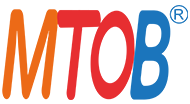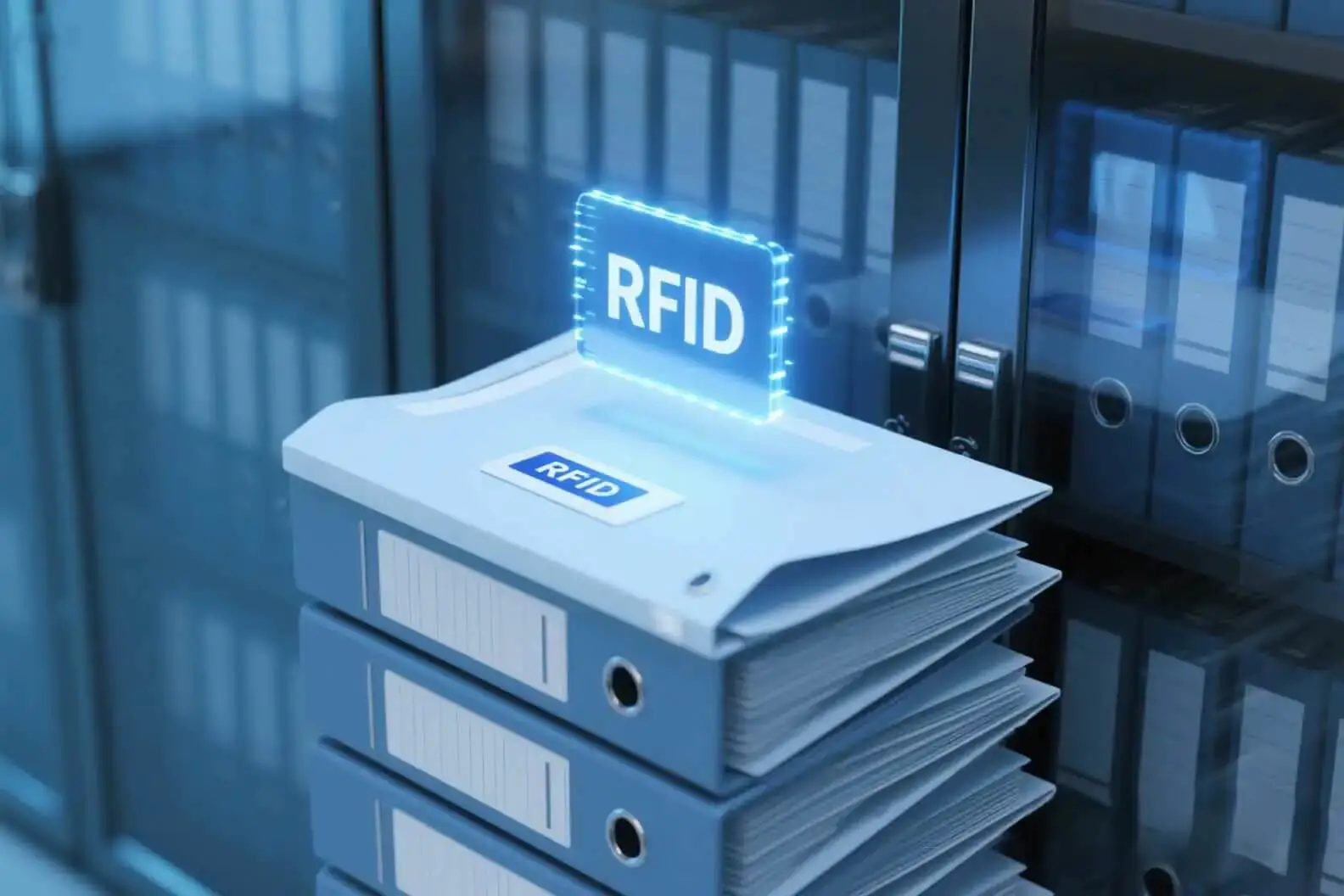Troubles and Challenges in Traditional Archive Management
Low – Efficiency Manual Retrieval
In traditional archive management, manual retrieval is a time-consuming process. Archivists have to search through rows of shelves and file cabinets to find the required archives. This not only takes a long time but also increases the likelihood of errors, as it is easy to miss or misplace files during the search.
High Risk of Archive Misplacement and Loss
The risk of archives being misplaced or lost is relatively high in traditional management systems. With the large volume of archives and the manual handling involved, it is difficult to keep track of every file. Once an archive is misplaced, it can be extremely difficult to find, leading to potential data loss and inefficiencies.
Time – Consuming and Labor – Intensive Inventory Work
Inventory work in traditional archive management is a labor-intensive task. Archivists have to physically count and check each archive, which can take days or even weeks, depending on the size of the archive collection. This process is not only time-consuming but also prone to errors, as it is easy to miss or double-count files.
Difficulty in Tracking Borrowing Records
Tracking borrowing records in traditional systems is also a challenge. With paper – based records, it can be difficult to keep track of who has borrowed which archive, when it was borrowed, and when it is due to be returned. This can lead to overdue archives, lost files, and difficulties in managing the archive collection.
How RFID Archive Tags Change the Way of Archive Management
Second – Level Retrieval and Positioning
- Non-Contact and Fast Identification – RFID archive tags offer non-contact and fast identification. With a simple wave of an RFID reader, the tags can be quickly and accurately read, allowing for instant access to archive information. This eliminates the need for manual search and significantly reduces the retrieval time.
- Precise Positioning of Archives – The tags can also provide precise positioning of archives. Each tag contains a unique identifier that can be used to locate the exact position of the archive in the storage area. This allows archivists to quickly find the required archive, even in a large and complex archive collection.
Intelligent Inventory System
- Batch Scanning for Efficiency Improvement – The intelligent inventory system based on RFID tags can perform batch scanning. Instead of manually counting each archive, the system can scan multiple tags at once, significantly improving the efficiency of the inventory process. This saves a large amount of time and labor, allowing archivists to focus on more important tasks.
- Automatic Generation of Inventory Reports – After the inventory is completed, the system can automatically generate an inventory report. The report provides detailed information about the archive collection, including the number of archives, their locations, and any discrepancies found during the inventory. This helps archivists to better manage the archive collection and make informed decisions.
Solutions for Full-Lifecycle Archive Management
Intelligent In – Warehouse Management
- Automatic Identification and Classification – When archives are received, RFID tags can automatically identify and classify them. The tags can read the information on the archives and assign them to the appropriate categories, making the in – warehouse management process more efficient and accurate.
- Electronic Tag Binding – Each archive can be bound to an RFID tag, which contains all the relevant information about the archive, such as its title, author, date, and location. This electronic tag binding ensures that the information is always up-to-date and easily accessible, even if the physical archive is moved or relocated.
Borrowing and Circulation Tracking
- Real – Time Recording of Borrowing Information – The RFID system can record all borrowing information in real-time. When an archive is borrowed, the system can automatically record the borrower’s information, the borrowing time, and the due date. This allows archivists to keep track of the borrowing history and ensure that the archives are returned on time.
- Automatic Overdue Reminder – If an archive is overdue, the system can automatically send a reminder to the borrower. This helps to reduce the number of overdue archives and ensures that the archive collection is properly managed.
Security Protection and Anomaly Warning
- Immediate Alarm for Illegal Removal – RFID tags can be set to trigger an alarm if an archive is illegally removed from the storage area. This provides an additional layer of security and helps to prevent unauthorized access to the archives.
- Monitoring of Storage Environment – The tags can also be used to monitor the storage environment of the archives. For example, they can monitor the temperature, humidity, and light levels in the storage area, ensuring that the archives are stored in a suitable environment and preventing damage caused by environmental factors.
- Tamper – Proof Electronic Tags – To ensure the integrity of the archives, RFID tags can be designed to be tamper – proof. If the tag is tampered with, it will automatically send an alert to the security system, allowing archivists to take immediate action.
Real – World Applications of RFID in Archive Management
90% Increase in Inventory Efficiency in a District – Level Archive
A district-level archive implemented RFID archive tags and saw a 90% increase in inventory efficiency. The intelligent inventory system significantly reduced the time and labor required for the inventory process, allowing the archive staff to focus on other important tasks.
50% Reduction in Labor Costs in a Corporate Archive
A corporate archive also benefited from the use of RFID tags. The system helped to reduce labor costs by 50% by automating many of the manual processes, such as retrieval, inventory, and borrowing tracking. This allowed the company to save money and improve the overall efficiency of its archive management.
30% Increase in Borrowing Rate in a University Library
A university library implemented RFID tags and saw a 30% increase in the borrowing rate. The easy access to archives and the convenient borrowing process encouraged more students and faculty members to borrow archives, improving the utilization of the library’s resources.
Development Trends of Smart Archives
- Deep Integration with AI Technology – In the future, RFID archive tags are likely to be deeply integrated with AI technology. AI can be used to analyze the data collected by tags, providing valuable insights and predictions. For example, AI can be used to predict which archives are likely to be in high demand, allowing archivists to better manage the archive collection.
- Application of Big Data Analysis – Big data analysis can also be applied to archive management. By analyzing the large amount of data collected by the RFID tags, archivists can gain a better understanding of the usage patterns of the archives, identify trends, and make informed decisions. This can help to improve the efficiency and effectiveness of the archive management process.
- Cloud-Based Archive Management System – A cloud-based archive management system can provide more flexible and convenient access to archives. With a cloud-based system, archivists can access the archive information from anywhere, at any time, using any device. This can improve the efficiency of the archive management process and make it easier for users to access the archives they need.
In conclusion, RFID archive tags offer a revolutionary solution to the challenges faced in traditional archive management. They provide faster retrieval, more efficient inventory, better security, and more accurate tracking of borrowing records. As technology continues to evolve, we can expect to see even more innovative applications of RFID in archive management.
Why Choose Mytopband?
- Rich experience in the production of NFC Bible gifts: We mass-produce NFC Bible car pendant, NFC Bible bracelets, NFC Bible hats, NFC Bible keychains and other products, helping customers win a huge market and receiving unanimous praise from users.
- Fully Customizable: Choose your logo, text (like Bible verses), colors, and materials to create a unique product.
- Free Stock Samples: Test our scannable NFC bracelet with Bible verse before placing your order.
- Low MOQ as 500pcs: Perfect for startups and small businesses.

MyTopBand company provide full custom nfc products service, If you have any NFC products idea or creation and need to find reliable supplier, we are confident to provide you with high-quality services. Please find us: www.mytopband.com, or send message to info@mytopband.com, we will reply you within 24 hours.


